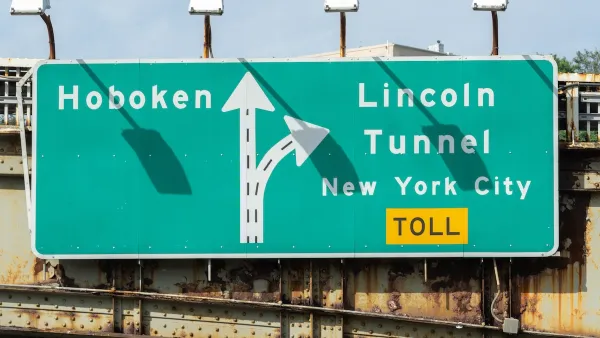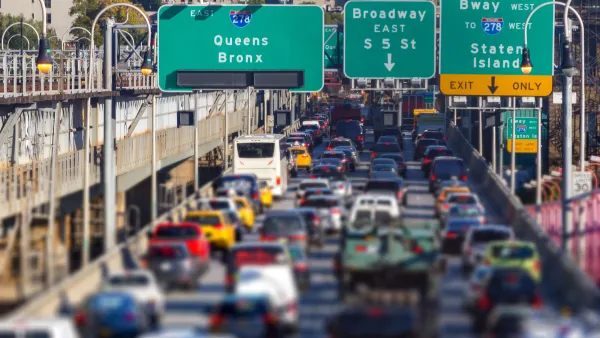Few of us are fully immune from the effects of road rage. Psychologists are asking why driving can provoke changes in behavior—and how to avert them.

Rick Paulas examines the psychology of road rage, delving into why we sometimes behave very differently as drivers and pedestrians. Paulas' observations take direction from the work of Leon James, a psychologist and researcher into driving behavior at the University of Hawaii.
Paulas writes that in modern society, driving an automobile is the most dangerous physical act many of us regularly undertake. From the article: "On the other side of that coin is the sense of safety you have inside of a car. 'It's not like waiting in the bank line, we're not exposed in the same way,' James says. You feel that you're in a protective bubble, that you're Ripley in the Power Loader at the end of Aliens. Despite all your rage, that cage of yours is keeping the other rats out. That allows us the confidence to act out a little more when confronted with annoying behaviors."
As in most other conflicts, mutual escalation is what make road rage dangerous. "It's no accident James uses the word 'duel' when discussing road rage. Duels are, by nature, the result of two people escalating, neither backing down. The first smacks the white glove and demands 'satisfaction,' and the second says, 'yeah, here it is.' While one may be the instigator, the second is perhaps more instrumental in the end result."
FULL STORY: Why We Rage on the Roads—and How to Stop

National Parks Layoffs Will Cause Communities to Lose Billions
Thousands of essential park workers were laid off this week, just before the busy spring break season.

Retro-silient?: America’s First “Eco-burb,” The Woodlands Turns 50
A master-planned community north of Houston offers lessons on green infrastructure and resilient design, but falls short of its founder’s lofty affordability and walkability goals.

Delivering for America Plan Will Downgrade Mail Service in at Least 49.5 Percent of Zip Codes
Republican and Democrat lawmakers criticize the plan for its disproportionate negative impact on rural communities.

Test News Post 1
This is a summary

Test News Headline 46
Test for the image on the front page.

Balancing Bombs and Butterflies: How the National Guard Protects a Rare Species
The National Guard at Fort Indiantown Gap uses GIS technology and land management strategies to balance military training with conservation efforts, ensuring the survival of the rare eastern regal fritillary butterfly.
Urban Design for Planners 1: Software Tools
This six-course series explores essential urban design concepts using open source software and equips planners with the tools they need to participate fully in the urban design process.
Planning for Universal Design
Learn the tools for implementing Universal Design in planning regulations.
EMC Planning Group, Inc.
Planetizen
Planetizen
Mpact (formerly Rail~Volution)
Great Falls Development Authority, Inc.
HUDs Office of Policy Development and Research
NYU Wagner Graduate School of Public Service





























